Hoya Plant indoor or outdoor?
Hoyas, also known as wax plants, are popular houseplants that can also thrive when grown outdoors in the right conditions. Here are six key reasons these tropical vines do so well indoors or out.
Hoyas are epiphytic plants, meaning they grow by clinging to other plants, rocks or structures rather than rooting in soil. This gives them great flexibility to flourish in a variety of settings.
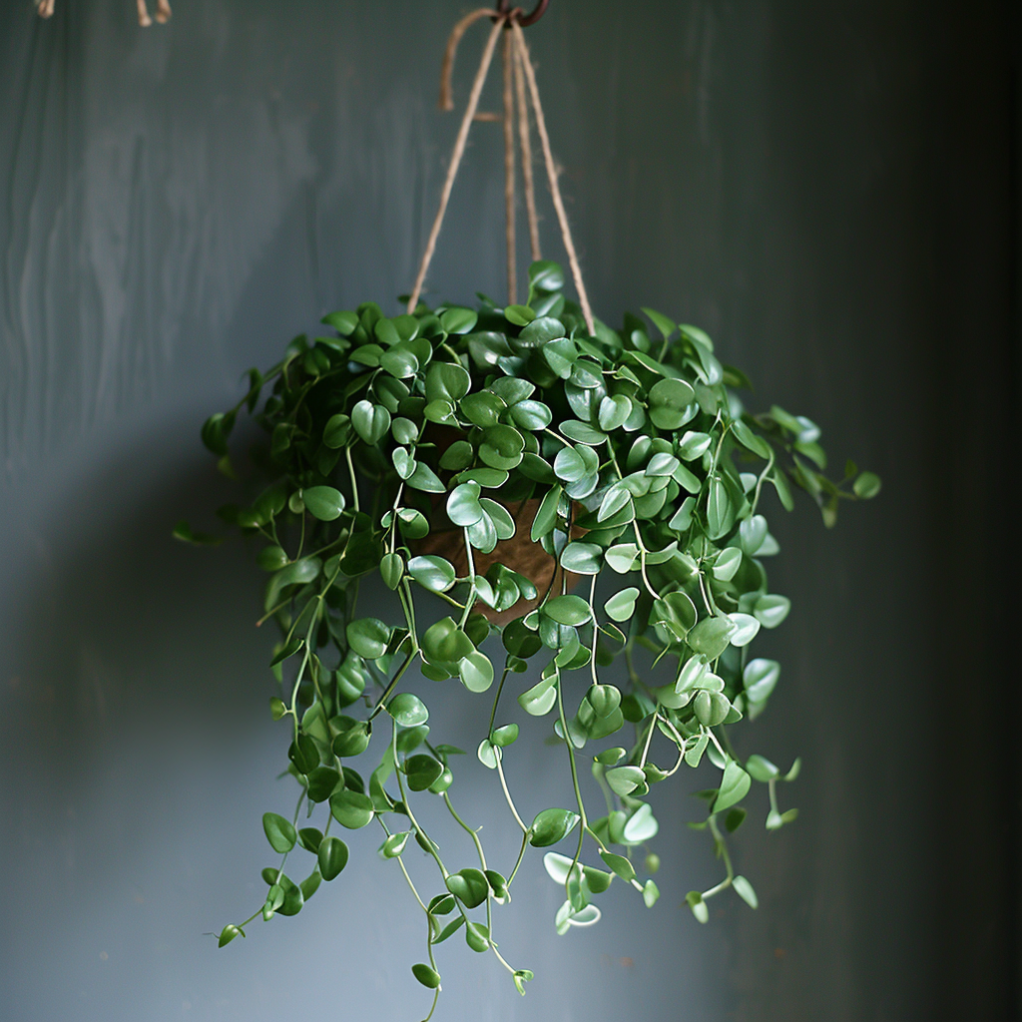
Can Grow in Soil or on Mounts
While hoyas will grow well in pots with soil, they can also be mounted on boards or hung in baskets. Their clinging aerial roots adapt to absorb moisture and nutrients.
Adjustable Growth Patterns
Hoyas exhibit vining growth that can be trained over supports or allowed to trail. They're also happy growing upright. This versatility suits them to different indoor spaces.
Hoyas are very tolerant of lower light conditions, which makes them excellent houseplants.
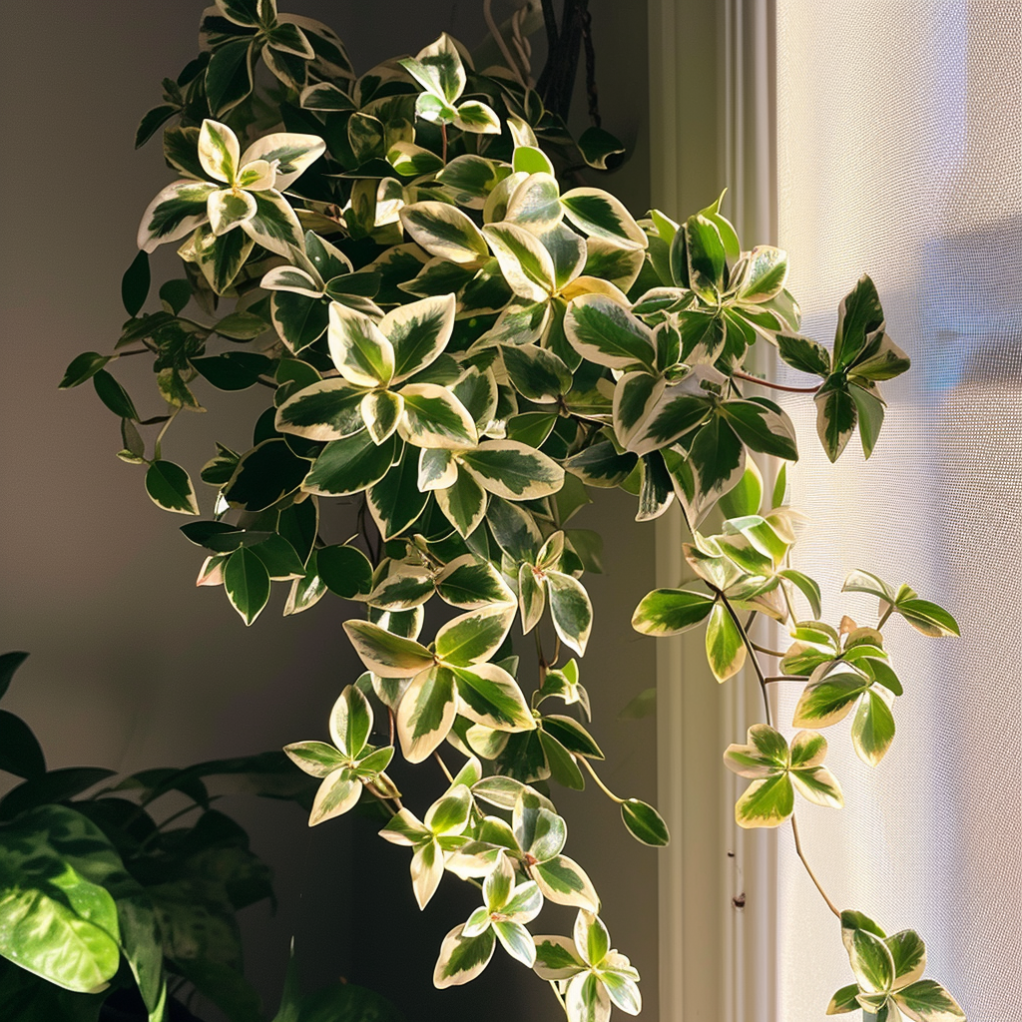
Slow Growth in Low Light
While hoyas grow fastest in bright light, they will still grow and flower in shady indoor conditions. Growth may be slower, but the plants are unfussy.
Wide Range of Light Exposure
Hoyas can adapt to a wide variety of light levels. A north or east window provides sufficient light, while they also do well under grow lights or bright southern exposure.
Hoyas are drought-tolerant plants that don't require frequent watering, making them very easy to care for.
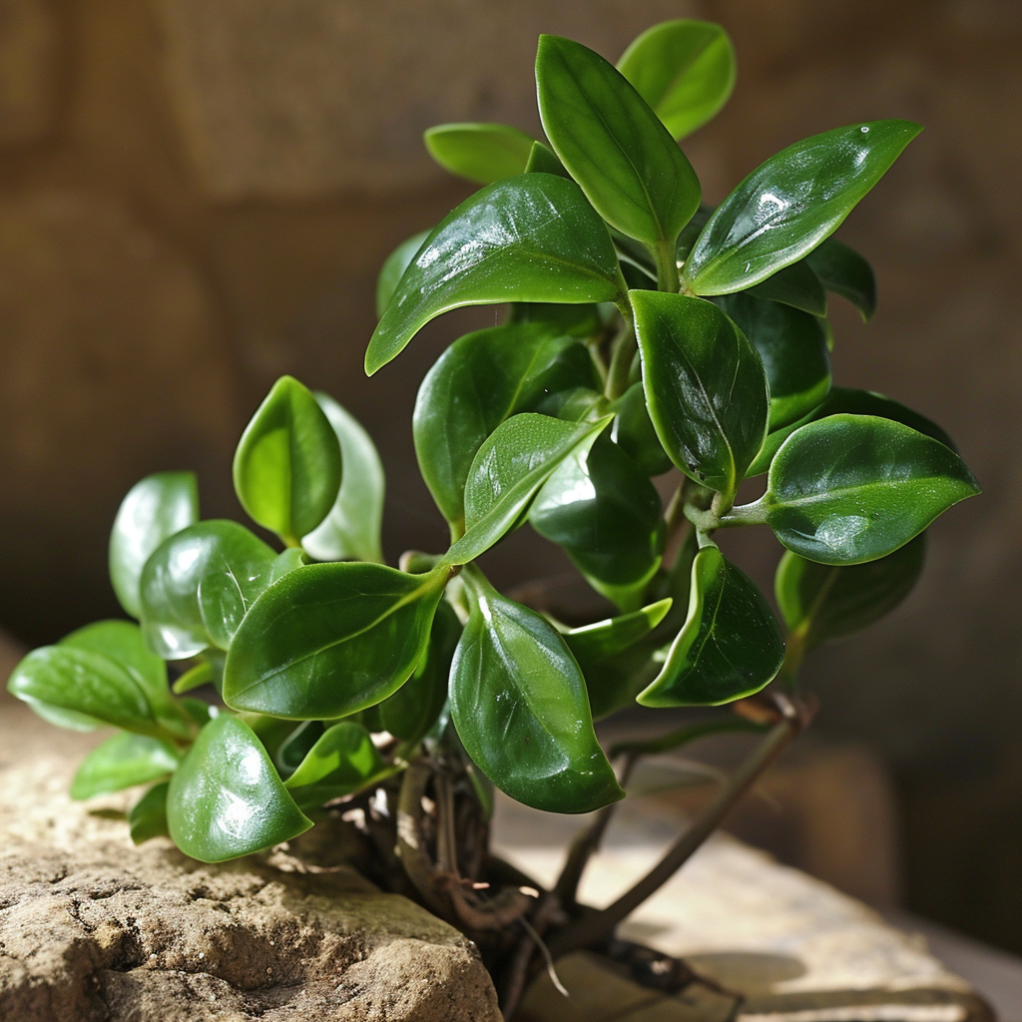
Infrequent Watering is Best
Hoyas prefer to dry out between waterings. Water only when the top few inches of soil are dry. Yellowing leaves can signal overwatering.
Tolerates Drying Out
Allow the soil to dry completely from time to time. Hoyas store water in their fleshy leaves and stems. Even severe drying won't kill the plants.
Hoyas contain a toxic sap in their stems and leaves that makes them unappealing to most plant pests. They are very hardy plants.
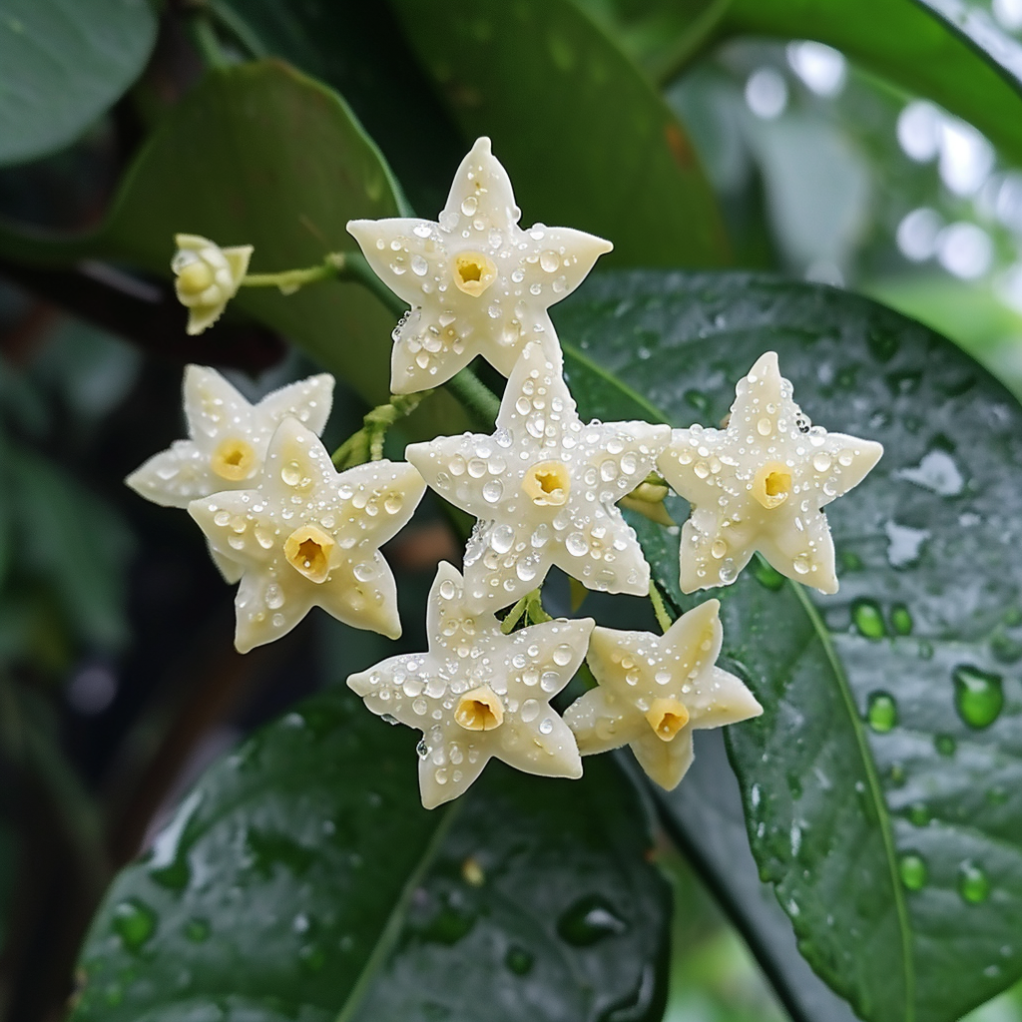
Find Your Favorite Hoya – Start Your Collection Today!
Few Insect Problems
Spider mites may attack hoyas, but infestations are rare. Mealybugs and aphids usually avoid wax plants due to their toxicity.
Resists Plant Diseases
Hoyas tend to be unaffected by many common plant fungi and diseases. Providing good air circulation helps prevent any fungus issues.
One of the bonuses of growing hoyas is that they naturally filter indoor air by removing toxins.
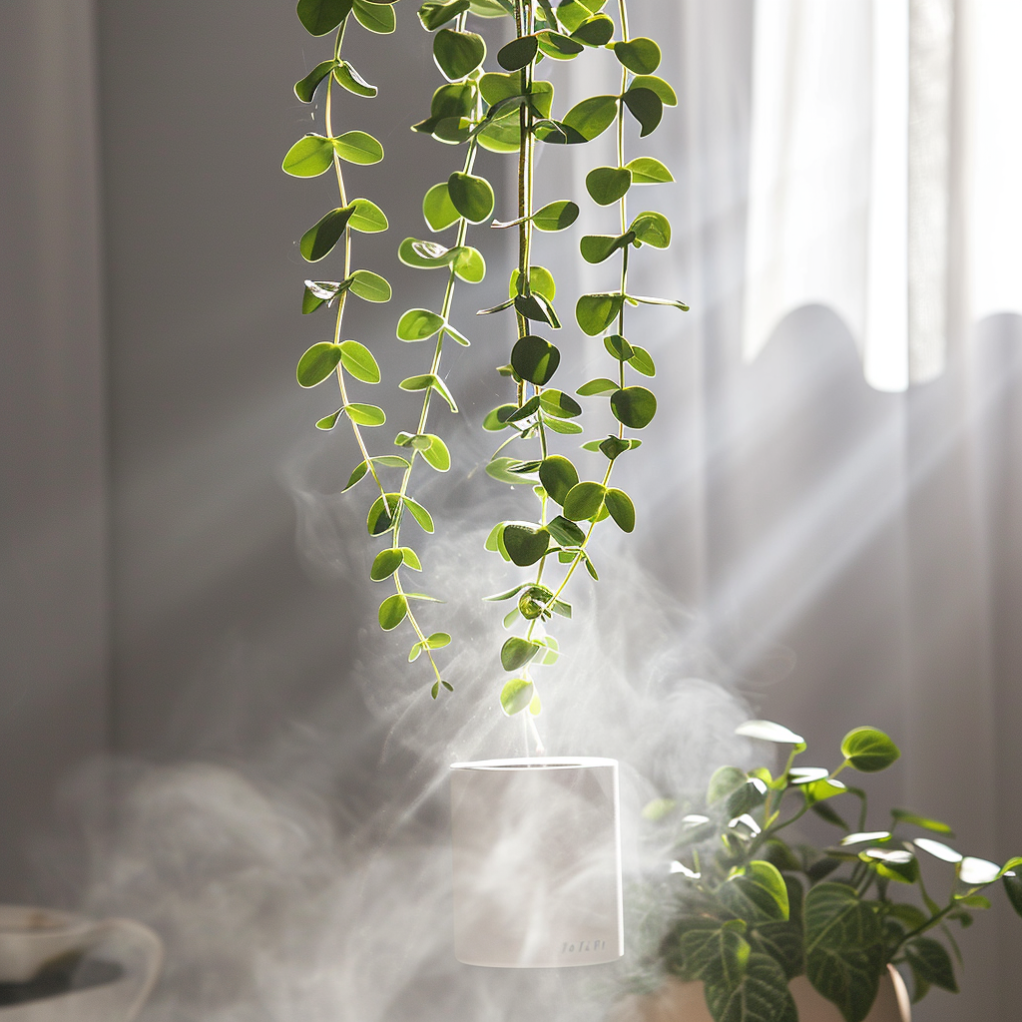
Removes Volatile Organic Compounds
Hoyas have been shown to filter out VOCs such as formaldehyde from the air. Their waxy leaves absorb airborne particles.
Adds Oxygen
These plants release oxygen through photosynthesis, helping improve indoor air quality. More hoya plants will increase air purification.
Hoyas produce clusters of lovely waxy star or bell-shaped blooms. Many also have wonderfully scented flowers.
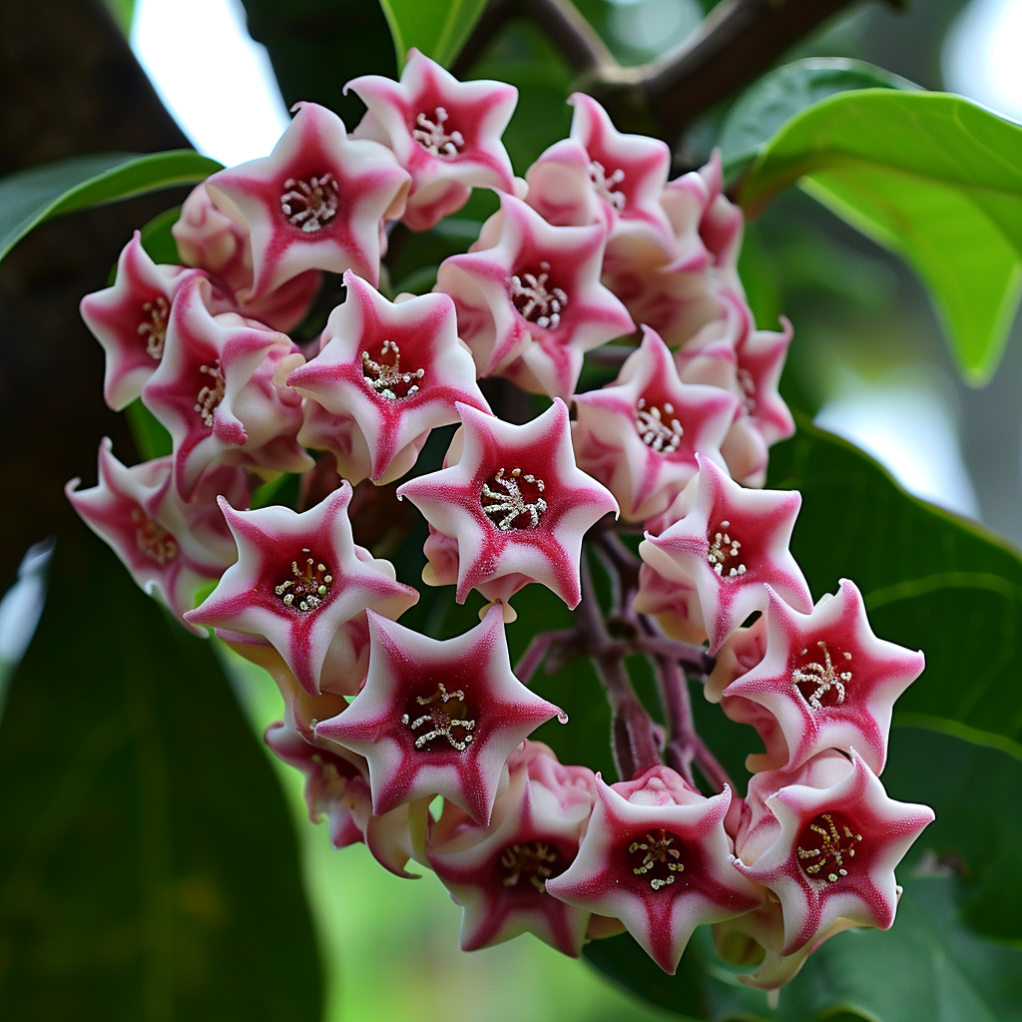
Unique Waxy Flowers
The flowers have a thick, waxy texture in a range of colors like white, pink, red and purple. They last several weeks when in bloom.
Fragrant Blooms
Many hoya flowers are beautifully and sweetly fragrant. You can smell them before you see them. Funnels like H. carnosa release the strongest scent.
With their versatility, hardy nature, air cleaning properties and attractive blooms, it's easy to understand why hoya plants thrive indoors and out. Their ability to adapt to a wide range of conditions makes them an excellent choice for beginners and experienced gardeners alike. Give hoyas a try, and enjoy their waxy flowers and lush trailing vines in your home.
- Can I grow Hoya plants indoors?
- Yes, Hoya plants can thrive indoors if provided with the right conditions. They prefer bright, indirect light and should be placed near a window with filtered sunlight.
- Can I grow Hoya plants outdoors?
- Hoya plants can be grown outdoors in certain climates. They do well in tropical or subtropical regions with warm temperatures and high humidity. In colder climates, they are best kept as indoor plants or moved outdoors during the summer months.
- How do I care for Hoya plants indoors?
- To care for Hoya plants indoors, ensure they receive bright, indirect sunlight, water them when the top inch of soil is dry, and provide a well-draining potting mix. Keep indoor temperatures between 60-80°F (15-27°C) for optimal growth.
- What is the best time to move Hoya plants outdoors?
- Hoya plants can be moved outdoors during the summer months when temperatures are consistently warm, typically above 50°F (10°C). Be cautious of sudden temperature drops, and gradually acclimate the plant to outdoor conditions.
- Do Hoya plants require special care when grown indoors vs. outdoors?
- Yes, there are some differences in care. Indoors, Hoya plants may need more attention to humidity levels, as indoor air can be dry. Outdoors, they benefit from natural humidity, but you should protect them from strong, direct sunlight to prevent leaf burn.
See more 5 Signs Your Hoya Needs More Light!
https://greenboog.com/6-reasons-your-hoya-thrives-indoors-or-outdoors/
Unique and Adaptable Growth Habits
Hoyas are epiphytic plants, meaning they grow by clinging to other plants, rocks or structures rather than rooting in soil. This gives them great flexibility to flourish in a variety of settings.

Can Grow in Soil or on Mounts
While hoyas will grow well in pots with soil, they can also be mounted on boards or hung in baskets. Their clinging aerial roots adapt to absorb moisture and nutrients.
Adjustable Growth Patterns
Hoyas exhibit vining growth that can be trained over supports or allowed to trail. They're also happy growing upright. This versatility suits them to different indoor spaces.
Low Light Tolerance
Hoyas are very tolerant of lower light conditions, which makes them excellent houseplants.

Slow Growth in Low Light
While hoyas grow fastest in bright light, they will still grow and flower in shady indoor conditions. Growth may be slower, but the plants are unfussy.
Wide Range of Light Exposure
Hoyas can adapt to a wide variety of light levels. A north or east window provides sufficient light, while they also do well under grow lights or bright southern exposure.
Easygoing Watering Needs
Hoyas are drought-tolerant plants that don't require frequent watering, making them very easy to care for.

Infrequent Watering is Best
Hoyas prefer to dry out between waterings. Water only when the top few inches of soil are dry. Yellowing leaves can signal overwatering.
Tolerates Drying Out
Allow the soil to dry completely from time to time. Hoyas store water in their fleshy leaves and stems. Even severe drying won't kill the plants.
Natural Pest and Disease Resistance
Hoyas contain a toxic sap in their stems and leaves that makes them unappealing to most plant pests. They are very hardy plants.

Find Your Favorite Hoya – Start Your Collection Today!
Few Insect Problems
Spider mites may attack hoyas, but infestations are rare. Mealybugs and aphids usually avoid wax plants due to their toxicity.
Resists Plant Diseases
Hoyas tend to be unaffected by many common plant fungi and diseases. Providing good air circulation helps prevent any fungus issues.
Air Purifying Properties
One of the bonuses of growing hoyas is that they naturally filter indoor air by removing toxins.

Removes Volatile Organic Compounds
Hoyas have been shown to filter out VOCs such as formaldehyde from the air. Their waxy leaves absorb airborne particles.
Adds Oxygen
These plants release oxygen through photosynthesis, helping improve indoor air quality. More hoya plants will increase air purification.
Attractive and Fragrant Flowers
Hoyas produce clusters of lovely waxy star or bell-shaped blooms. Many also have wonderfully scented flowers.

Unique Waxy Flowers
The flowers have a thick, waxy texture in a range of colors like white, pink, red and purple. They last several weeks when in bloom.
Fragrant Blooms
Many hoya flowers are beautifully and sweetly fragrant. You can smell them before you see them. Funnels like H. carnosa release the strongest scent.
Conclusion
With their versatility, hardy nature, air cleaning properties and attractive blooms, it's easy to understand why hoya plants thrive indoors and out. Their ability to adapt to a wide range of conditions makes them an excellent choice for beginners and experienced gardeners alike. Give hoyas a try, and enjoy their waxy flowers and lush trailing vines in your home.
FAQ
- Can I grow Hoya plants indoors?
- Yes, Hoya plants can thrive indoors if provided with the right conditions. They prefer bright, indirect light and should be placed near a window with filtered sunlight.
- Can I grow Hoya plants outdoors?
- Hoya plants can be grown outdoors in certain climates. They do well in tropical or subtropical regions with warm temperatures and high humidity. In colder climates, they are best kept as indoor plants or moved outdoors during the summer months.
- How do I care for Hoya plants indoors?
- To care for Hoya plants indoors, ensure they receive bright, indirect sunlight, water them when the top inch of soil is dry, and provide a well-draining potting mix. Keep indoor temperatures between 60-80°F (15-27°C) for optimal growth.
- What is the best time to move Hoya plants outdoors?
- Hoya plants can be moved outdoors during the summer months when temperatures are consistently warm, typically above 50°F (10°C). Be cautious of sudden temperature drops, and gradually acclimate the plant to outdoor conditions.
- Do Hoya plants require special care when grown indoors vs. outdoors?
- Yes, there are some differences in care. Indoors, Hoya plants may need more attention to humidity levels, as indoor air can be dry. Outdoors, they benefit from natural humidity, but you should protect them from strong, direct sunlight to prevent leaf burn.
See more 5 Signs Your Hoya Needs More Light!
https://greenboog.com/6-reasons-your-hoya-thrives-indoors-or-outdoors/
Nhận xét
Đăng nhận xét